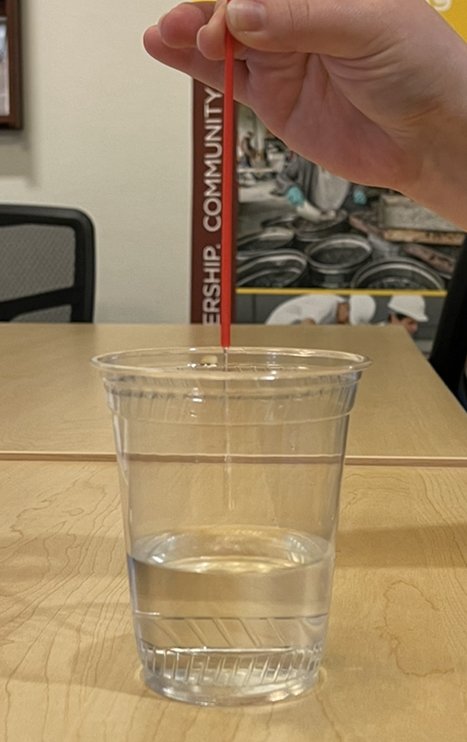Falling Water
Falling Water
About the Falling Water
The majority of water lies in reservoirs or lakes. When the water starts to move, as it would when it is falling down a waterfall, the water has kinetic energy. Kinetic energy is dependent on height, and is a factor for engineers when building hydroelectric plants. In this experiment students have the opportunity to see how the kinetic energy is affected when the water is dropped from different heights. Students will use the kinetic equations in order to solve for how much kinetic energy exists in the system. Students are also encouraged to create graphs in order to make conclusions about the data. This part of the experiment is primarily used for high school students.
This experiment can, however, be modified for middle school classrooms. Middle school students will still be able to complete the experiment. Instead of solving for the velocity, students can measure the diameter of the splash that the water makes when dropped from different heights. Students can conduct a discussion in order to form a conclusion about the data.
| Grades | Lesson Plans | NJ Standard |
Falling Water Video (coming soon)
|
| 6-8 | Falling Water 6-8 | ||
| 9-12 | Falling Water 9-12 |

